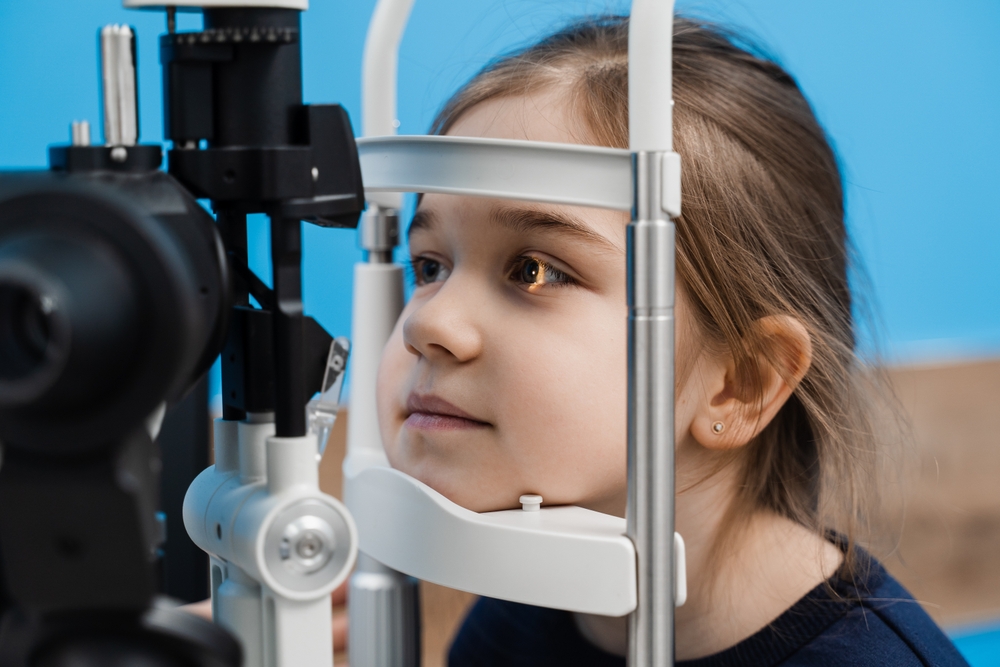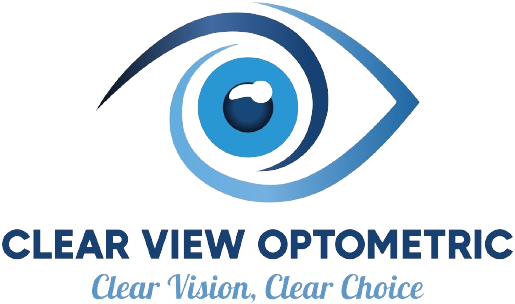495 E. Perkins St. Suite E
Ukiah, CA 95482

As the summer winds down and the new school year approaches, it's essential to prioritize your child's vision health. Back-to-school eye exams play a crucial role in ensuring your child is equipped with the visual skills necessary for academic success. Vision is a fundamental aspect of learning, as it allows children to effectively process and interpret the information they receive in the classroom.
Important Facts Parents Should Be Aware of
Vision problems in children are more common than many might realize, with 1 in 4 children experiencing some form of vision issue. Given that up to 80% of learning in classrooms is visual, undiagnosed vision problems can significantly impact a child's academic performance. Approximately 60% of children with learning difficulties also have underlying vision issues, which might be overlooked.
Understanding the Impact of Vision on Learning and Development
Vision is closely linked to a child's overall academic performance and cognitive development. When a child's vision is compromised, they may struggle with tasks such as reading, writing, and focusing in the classroom. This can lead to difficulties in comprehending instructions, completing assignments, and keeping up with their peers.
Additionally, undiagnosed vision problems can also impact a child's social and emotional well-being. Struggling with visual tasks can lead to frustration, low self-esteem, and even behavioral issues. By ensuring your child's vision is optimal, you can help them navigate the academic and social landscape with confidence and ease.
Common Eye Conditions Among Children
Children can experience a variety of eye conditions that can impact their visual acuity and overall eye health. Some of the most common eye conditions include:
Refractive errors (nearsightedness, farsightedness, and astigmatism)
Amblyopia (lazy eye)
Strabismus (misaligned eyes)
Convergence insufficiency (difficulty focusing on near objects)
Color vision deficiencies
These conditions can arise from a variety of factors, including genetics, developmental factors, and environmental influences. Regular eye exams can help detect these issues early and provide the necessary treatment or intervention to prevent them from worsening or interfering with your child's learning and development.
Recognizing the Signs and Symptoms of Vision Problems in Children
Children may experience a range of signs and symptoms indicating vision problems, which can often be subtle but significantly impact their daily life. Common signs include squinting, tilting the head, or closing one eye to see better, as well as holding reading materials too close or far away.
They may also experience frequent headaches, eye rubbing, or excessive tearing. Behavioral changes such as avoiding reading or other close-up activities, struggling to focus in school, or showing a lack of interest in visual tasks may also be evident. If a child frequently trips or bumps into objects, or has difficulty following moving objects, these could be further indicators of a vision issue. Regular eye exams are essential for early detection and treatment to prevent long-term vision impairment.
The Importance of Early Detection and Treatment of Pediatric Eye Conditions
Early detection and treatment of eye conditions in children are crucial for several reasons. The first few years of a child's life are a critical period for visual development. Addressing any vision problems during this time can help ensure proper eye and brain development, setting the foundation for lifelong visual health. Some eye conditions, if left untreated, can lead to more serious complications, such as permanent vision loss or impairment. Early intervention can help prevent these long-term consequences and preserve your child's visual function. Additionally, addressing vision problems can boost a child's confidence and self-esteem, as they no longer struggle with tasks that may have previously caused frustration or embarrassment.
It's recommended that a child has their first comprehensive eye exam around 6 months of age, followed by another at age 3, and again before starting school, typically around age 5 or 6. After that, children should have an eye exam annually. However, if a child shows signs of vision problems, an eye exam should be scheduled promptly.
Schedule Your Child’s Back-to-School Eye Exam with Clear View Optometric Today
As the new school year approaches, make sure to prioritize your child's vision health by scheduling a comprehensive eye exam. By taking this proactive step, you can help ensure your child is equipped with the visual skills necessary to thrive in the classroom and beyond.
At Clear View Optometric, we are dedicated to providing personalized and compassionate care to ensure your child's vision is optimized for a successful school year. Visit our office in Cloverdale or Ukiah, California, or call (707) 207-8500 to schedule your child's back-to-school eye exam today and take the first step in prioritizing their visual health.




